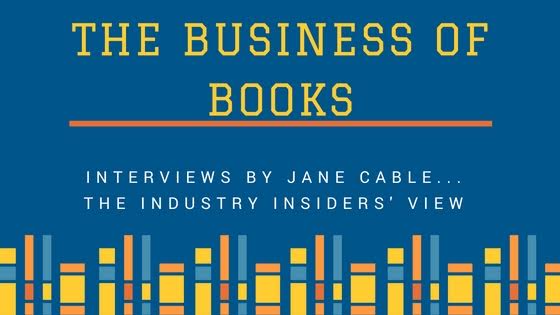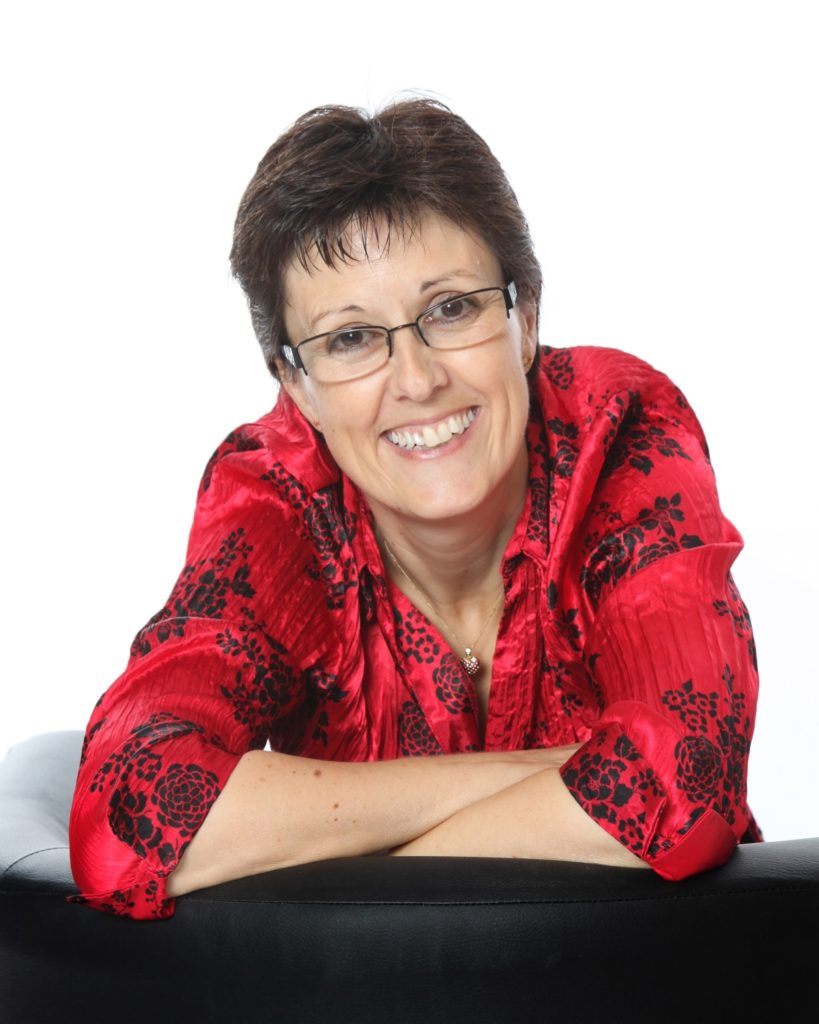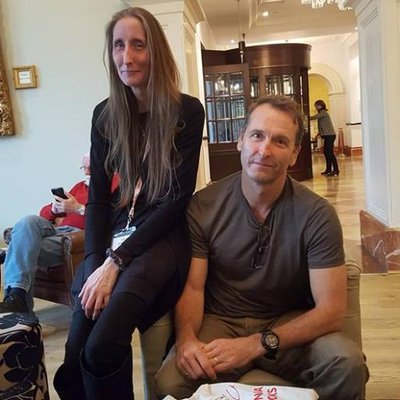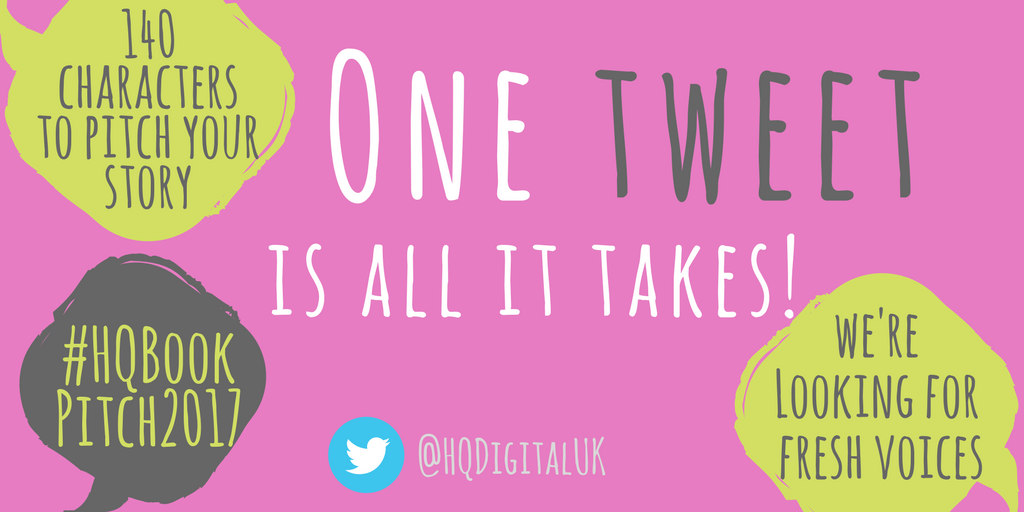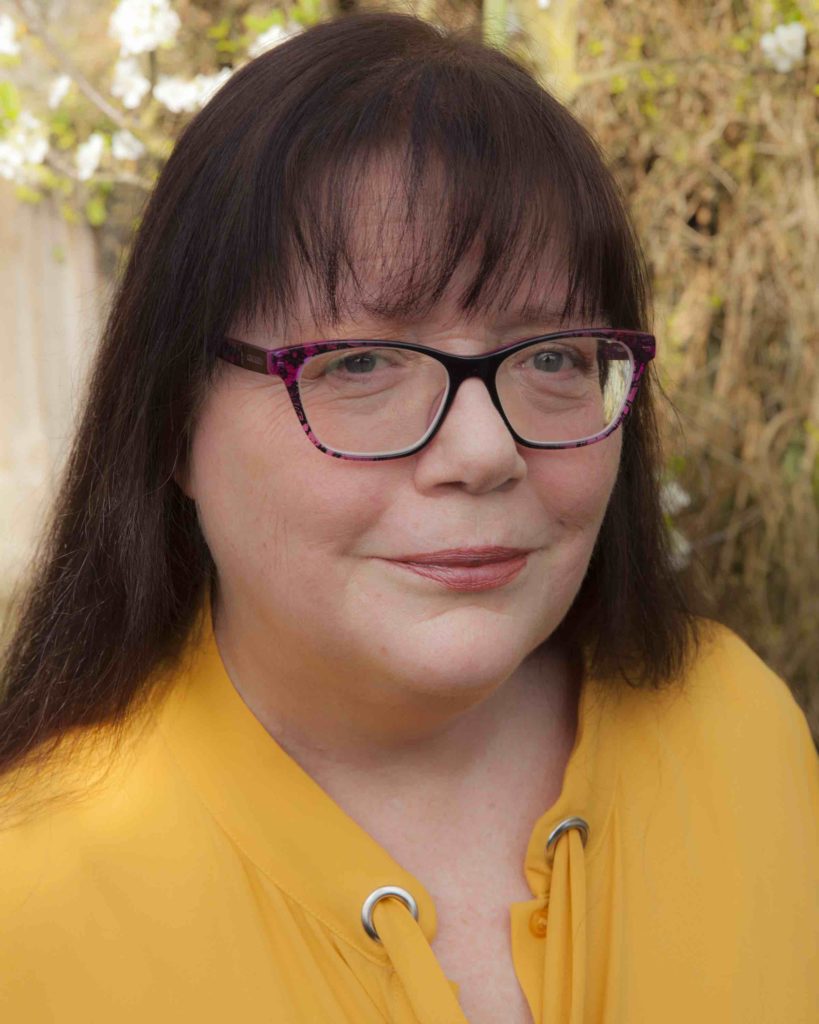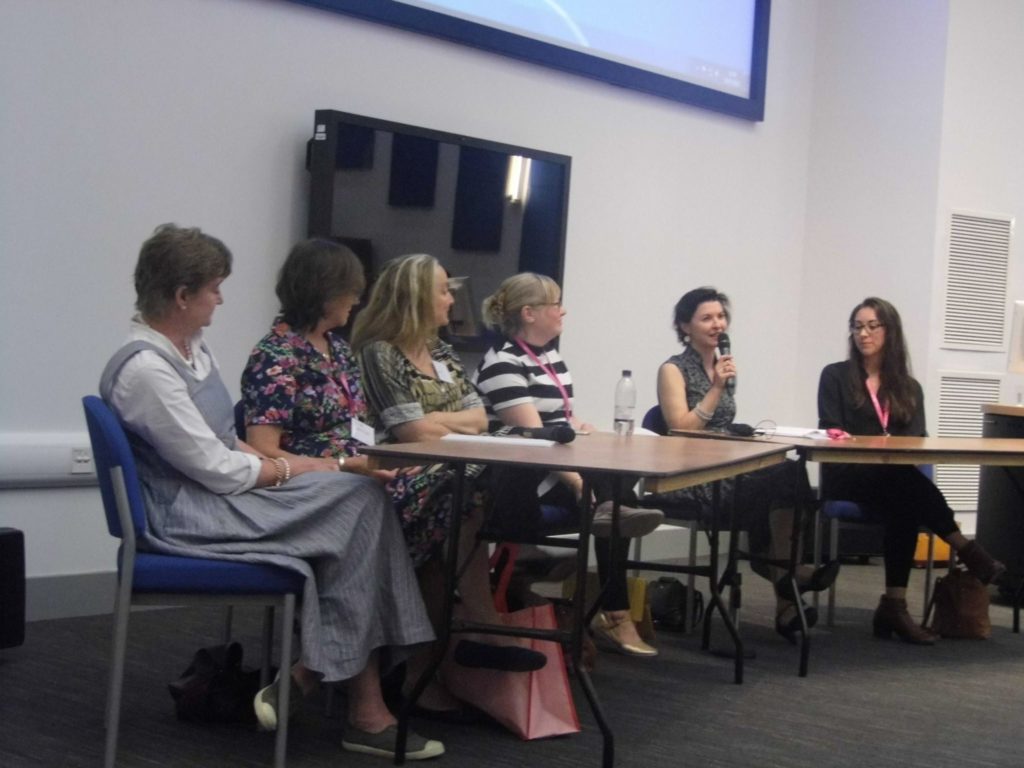For a number of reasons I won’t go into here I have a personal dislike of Createspace paperbacks, so when I wanted a short print run of Another You, another author recommended Biddles. Not only do they print and design books, but they do all the ISBN legwork, including taking orders from wholesalers. So I delighted to introduce Nigel Mitchell who worked in book manufacturing with Biddles for 41 years and now runs the company as Biddles Books a book print management company.
WHAT IS YOUR BOOK RELATED JOB OR BUSINESS?
I left school at 16 and after spending two weeks at an accountants which I didn¹t enjoy, I found another job working at Biddles Limited in Guildford who had just started the transition from commercial printers to book printers. I worked in the office at Guildford for nine years and then transferred to the Kings Lynn factory in 1982. Biddles continued to be successful and expanded over the years and eventually employed nearly 200 people. In 2011 I was made redundant and at 54 wondered who might employ me at that age and started my own business Shore Books and Design and received design work from the company that I used to work for. In 2013 Biddles, who were then owned by the MPG Printgroup went into liquidation and myself and a colleague bought the Biddles name from the administrator.
Since October 2013 I have run Biddles Books as a book print management company using my experience gained from the book manufacturing environment to help self publishers, design consultants and professional companies who want to produce anything from 10 mono paperbacks to 4,000 colour hardbacks.
WHAT IS THE MOST REWARDING PART OF IT?
The rewarding elements of the job are giving advice and help to customers from the inception of their idea for a book they would like to produce so that they can have a book produced for a price that they can afford. Then receiving some compliments after they have received the completed book which they can hold in their hands.
Meeting so many people from so many different ways of life including Greek Orthodox nuns, Vice-president of British Aerospace, Boycie from Only Fools and Horses, men who fought in the Korean War and pop music promoters. After meeting all these people you realise that people have so many different reasons for producing a printed book.
WHAT DO YOU CONSIDER TO BE YOUR MAJOR SUCCESSES?
I think it must be in becoming self employed and running your own business for over six years. When I was being made redundant, it was one of the scariest times in my life because when I was employed I wouldn¹t have thought of running my own business whatsoever. I was in the comfort of being employed and getting a reasonable wage each month. There are so many things to learn and at the end it must be a profitable business to survive. You cannot do it all on your own and you have to rely on a good team to help make the business work. Biddles Books has continued to grow each year that it has been trading and at the end of 2017 we would have helped produce over 650 different titles, a 30% increase from 2016.
HAVE YOU ALWAYS LOVED BOOKS, AND WHAT ARE YOU READING AT THE MOMENT?
I think I enjoy books more now than when I was growing up. Certainly in my formative years I read a lot of children’s books with Enid Blyton and A A Milne being favourites and in my youth I remember reading all of Tom Sharpe’s books which I found hilarious and remember on many occasions laughing out loud at some of his bizarre descriptions. These days I love reading novels as I find them so relaxing after a busy day at work. I have read quite a few of the novels that we have arranged to print and enjoyed the many different but at the moment I am reading The Wrong Side of Goodbye by Michael Connelly.

